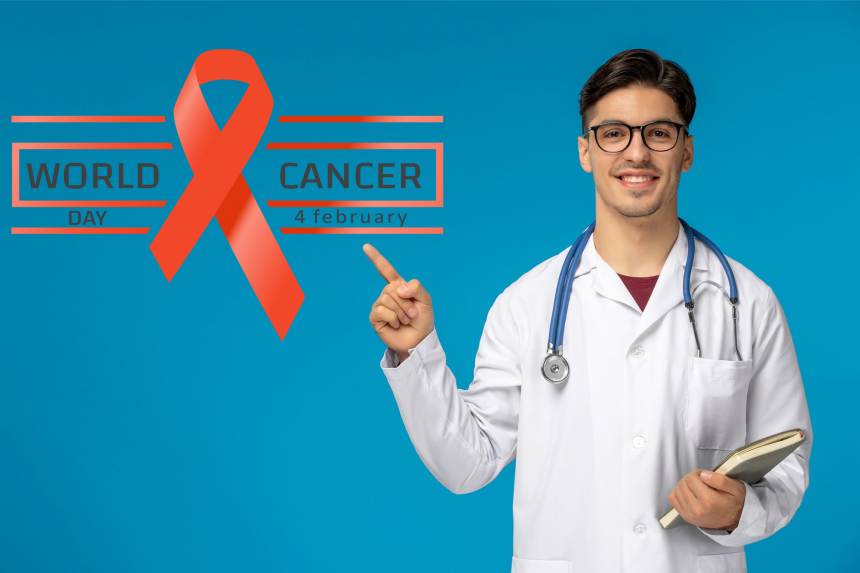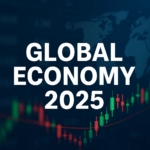In anticipation of World Cancer Day, the International Agency for Research on Cancer (IARC), under the World Health Organization (WHO), released alarming estimates on the global cancer burden in 2022. The data underscores the pressing challenges and disparities in cancer care worldwide. With 20 million new cancer cases and 9.7 million deaths reported in 2022, the urgency to address the growing cancer burden is evident. Disturbingly, only 39% of surveyed countries include basic cancer management in their financed core health services, reflecting a significant gap in universal health coverage. The survey also reveals that merely 28% of countries extend coverage to palliative care, emphasizing the need for enhanced support for patients facing the complexities of cancer treatment and pain relief. This comprehensive report sheds light on the critical gaps in global cancer care financing and the imperative to prioritize cancer services within universal health coverage frameworks.
Global Cancer Landscape in 2022: Prevalent Types and Impact
The International Agency for Research on Cancer’s (IARC) latest data from the Global Cancer Observatory reveals key insights into the global cancer landscape in 2022. Among the ten most prevalent cancer types, lung cancer emerged as the most common, with 2.5 million new cases, representing 12.4% of global diagnoses. Female breast cancer ranked second (2.3 million cases, 11.6%), followed by colorectal cancer (1.9 million cases, 9.6%). In terms of cancer-related deaths, lung cancer took the lead with 1.8 million fatalities (18.7% of total cancer deaths), followed by colorectal cancer (900,000 deaths, 9.3%). The resurgence of lung cancer is attributed to persistent tobacco use in Asia. Distinct patterns were observed by sex, with breast cancer being the most diagnosed and leading cause of death in women, while lung cancer dominated both categories for men. Cervical cancer, though eighth in global incidence, remained a significant concern, especially in sub-Saharan Africa, where it is the most common cancer in women. The WHO Cervical Cancer Elimination Initiative holds promise for addressing this public health challenge.
Global Cancer Inequity Exposed: Stark Disparities Based on Human Development Index (HDI)
New findings by the International Agency for Research on Cancer (IARC) reveal alarming disparities in cancer outcomes based on Human Development Index (HDI). Particularly striking is the inequity in breast cancer, where women in very high HDI countries face a 1 in 12 chance of diagnosis and a 1 in 71 risk of death, compared to 1 in 27 diagnoses and 1 in 48 deaths in low HDI countries. Dr Isabelle Soerjomataram emphasizes that women in lower HDI nations are 50% less likely to be diagnosed but face higher mortality risks due to late diagnosis and inadequate access to quality treatment. WHO’s global survey exposes significant inequities in cancer services, with high-income countries having 4–7 times more likelihood of including lung cancer-related services in health benefit packages (HBPs) and stem-cell transplantation being 12 times more likely in their HBPs. Dr Bente Mikkelsen of WHO underscores the urgent need for major investments to address global inequities in cancer outcomes, with ongoing initiatives engaging over 75 governments.
Alarming Projections: Global Cancer Cases to Surge by 77% in 2050
The International Agency for Research on Cancer (IARC) warns of a staggering 77% increase in new cancer cases globally, projecting over 35 million cases in 2050 compared to an estimated 20 million in 2022. The rise is attributed to factors like population aging, growth, and evolving risk exposures linked to socioeconomic changes. Key contributors include tobacco, alcohol, obesity, and persistent environmental risks like air pollution. High Human Development Index (HDI) countries anticipate the greatest absolute increase, while low HDI and medium HDI countries face disproportionate proportional rises, underscoring urgent action to address global cancer disparities. Dr. Freddie Bray of IARC emphasizes the uneven impact across countries, emphasizing the need for prioritized, accessible, and quality cancer care.









